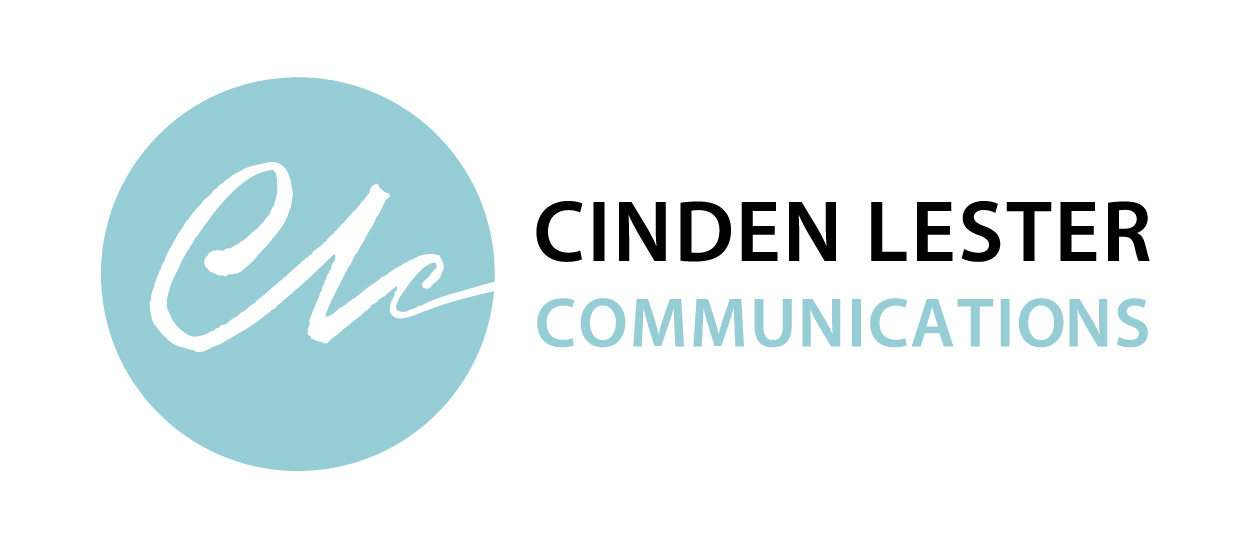
Lately, I’ve been interviewing medical researchers and writing profile pieces for a monthly newsletter.
Their work is knee-deep in technical detail, from bio-markers to brain scans and microscopes to microglia.
The challenge is to translate the technical so it is meaningful for a wide audience—extending from government funding bodies right through to patients and carers—while remaining credible for fellow researchers.
The solution? Get personal and add colour.
The researchers are so passionate about their work that it only takes a couple of questions to get them talking. Their genuine enthusiasm and the drive to find answers provides a gold mine of quotes and anecdotes that bring their stories to life.
Injecting some personality and colour in this way can really lift an otherwise technical article.
The other trick I learnt from my journalism days is to weave in a theme.
One researcher, for example, was describing how she kept coming across different studies and papers that mentioned a particular type of cell. This sparked her interest and led to her current line of research. It occurred to me that she was like a determined detective, piecing together a range of disparate clues to chase an answer. She agreed, and that became the theme for the article, framing the opening and closing lines.
Similarly, another researcher made a throwaway comment about how the cell he is focusing on has been pretty much overlooked since it was discovered in the 1870s. The cell may hold the key to new therapy for a prevalent disease, so this became the opening sentence for the article.
Another option to add colour is by painting a picture for readers. One researcher is reviewing data from a longitudinal study, but describing it as ‘poring over hundreds of brain scans’ is a more vivid way of explaining the work so it is engaging and relatable for a wider audience.
The aim is pique the reader’s interest to find out more.
You can apply the same concepts to any piece of writing, especially profile pieces or articles about projects or initiatives. Describe the work, or the ultimate outcome, in ways that are tangible, add colour and personality through quotes and anecdotes, and highlight human interest through personal stories.
‘The two most engaging powers of an author are to make new things familiar and familiar things new.’
Samuel Johnson
| Cinden Lester has more than 25 years’ experience as a professional writer, editor and communications specialist. She worked as a broadcast journalist, in private sector marketing and public relations, and in government communications before establishing her own Canberra-based communications consultancy in 2000.
Contact Cinden if you’d like help with your communications. |
